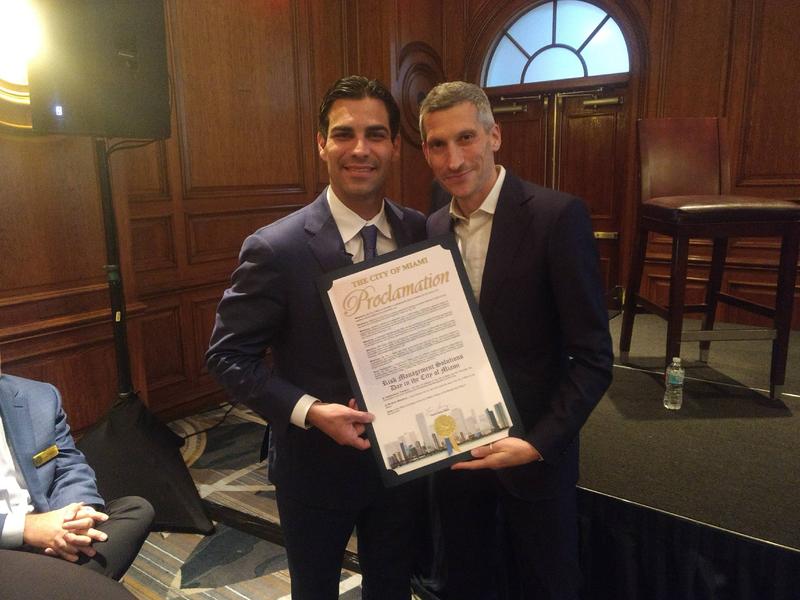This week, the city of West Palm Beach is hosting the 32nd Annual Governor’s Hurricane Conference, which focuses on hurricane planning, preparedness, response, recovery and mitigation.
On Sunday, there was an editorial in The Palm Beach Post (“Editorial: The missing threat on the gov’s hurricane conference agenda,” May 13) indicating the conference program does not mention climate change or sea-level rise mitigation. Although tide hazards are relatively new, and some of the short and long-term effects are not fully apparent, Palm Beach County and its municipalities have taken critical steps to help protect their communities.
The warming climate is contributing to rising sea levels, which lead to increased high-tide flooding commonly referred to as “king tides.” The warmer atmosphere causes stronger, more frequent hurricanes.
Fortunately, the county and its municipalities are proactively managing their response to sea-level rise and adapting their planning processes to build a more resilient community.
Palm Beach County is a member of the Southeast Florida Regional Climate Change Compact, a collaborative effort along with Miami-Dade, Broward and Monroe Counties to work on mitigation and adaptation strategies.
Through the Compact’s Regional Climate Change Action Plan, the Compact helps municipalities implement best practices in risk reduction and emergency management to extreme weather events like hurricanes and flooding. In addition, the Compact developed the Unified Sea Level Rise Projection, which Palm Beach County adopted in 2015, so that the region can use consistent data to better coordinate local planning.
Additionally, much of the county’s disaster response and recovery is intrinsically linked to our regional water management system. The Herbert Hoover Dike is a fragile barrier between Lake Okeechobee and the Glades communities whose farms, businesses, homes, and livelihoods depend upon on the aged infrastructure that is in desperate need of repair. During Hurricane Irma, Palm Beach County had to implement elements of our evacuation plan to ensure the safety of our Glades communities’ residents.
This recent reality underscores the need for critical infrastructure funding so that the basic service of security can be reliably delivered to our citizens. Recently passed federal budget items included full funding to expedite these dike repairs. We are grateful to senators Bill Nelson and Marco Rubio for securing funds.
Furthermore, Palm Beach County municipalities are working to increase capacities of existing water management infrastructure and beach re-nourishment projects to minimize the effects of sea-level rise and king tides by aggregating funding sources at all government levels. Currently, the county has submitted nine projects to the Federal Emergency Management Agency (FEMA) to reduce the effects of sea-level rise and king tides in Boynton Beach, Delray Beach, Lake Worth and West Palm Beach.
In the absence of national or international policy direction, Palm Beach County is at the front line of adaptation and mitigation efforts to solve our own problems.
We continue to work with federal and state officials to actively monitor effects of these hazards, while implementing strategies that enhance resiliency and reduce vulnerability to changes in climate.
The Invading Sea is a collaboration of the editorial boards of the Palm Beach Post, South Florida Sun Sentinel and Miami Herald, with reporting and community engagement assistance from WLRN Public Media. For more information, go to TheInvadingSea.com.



